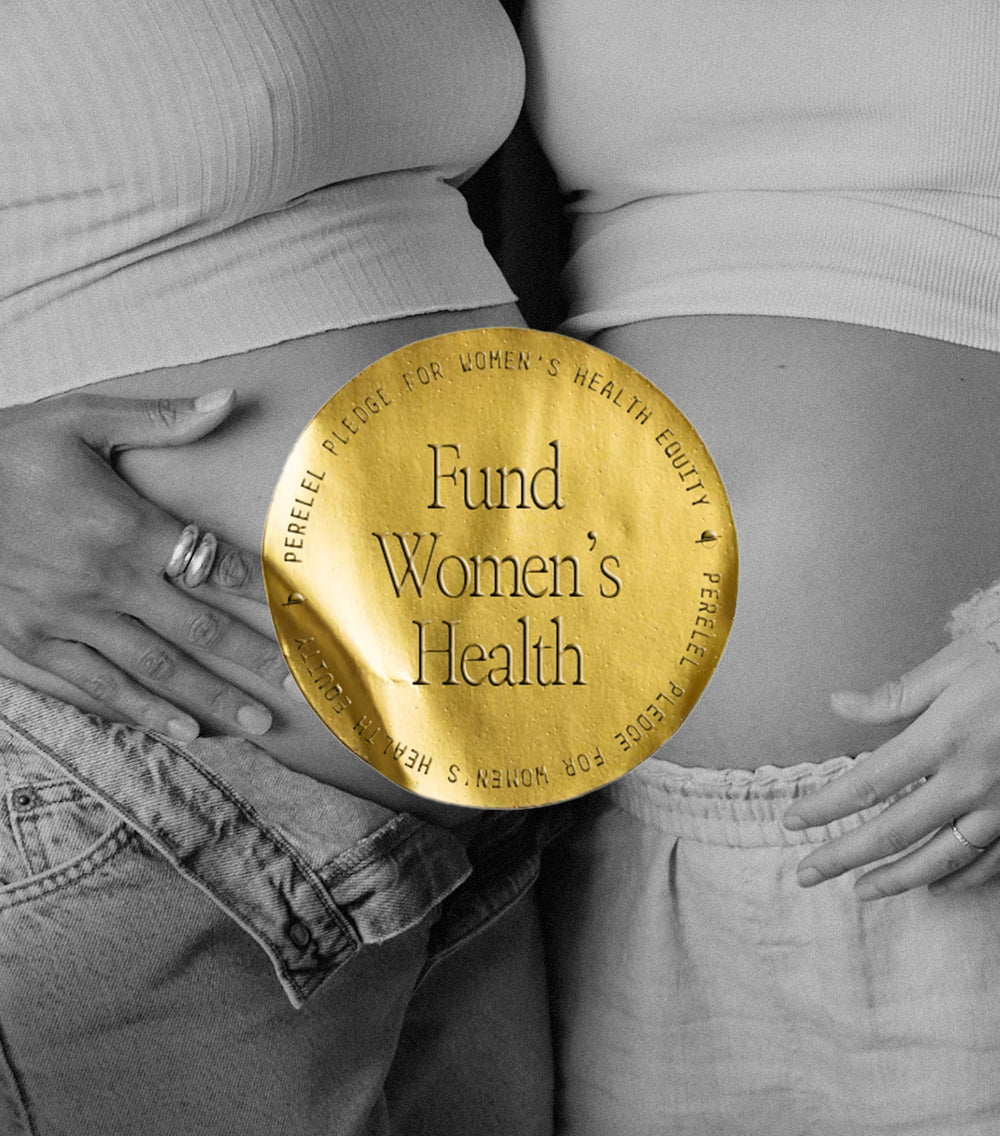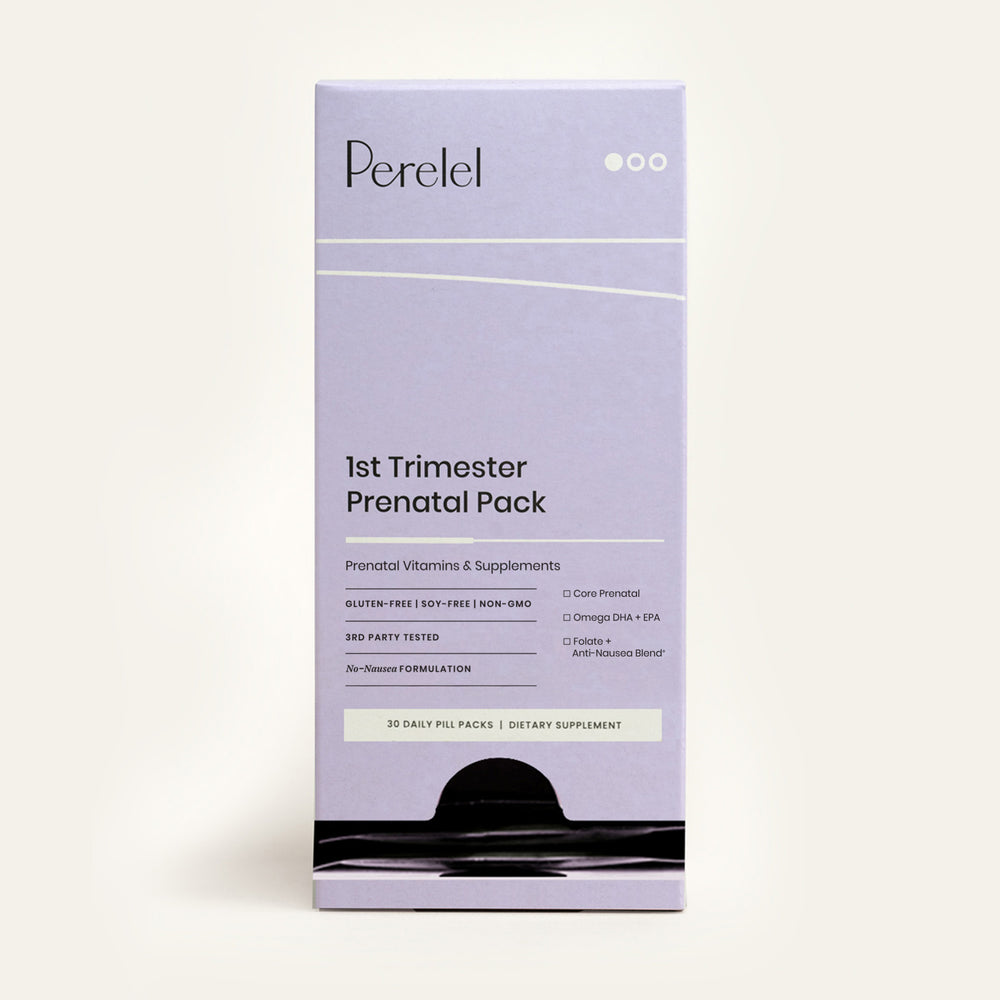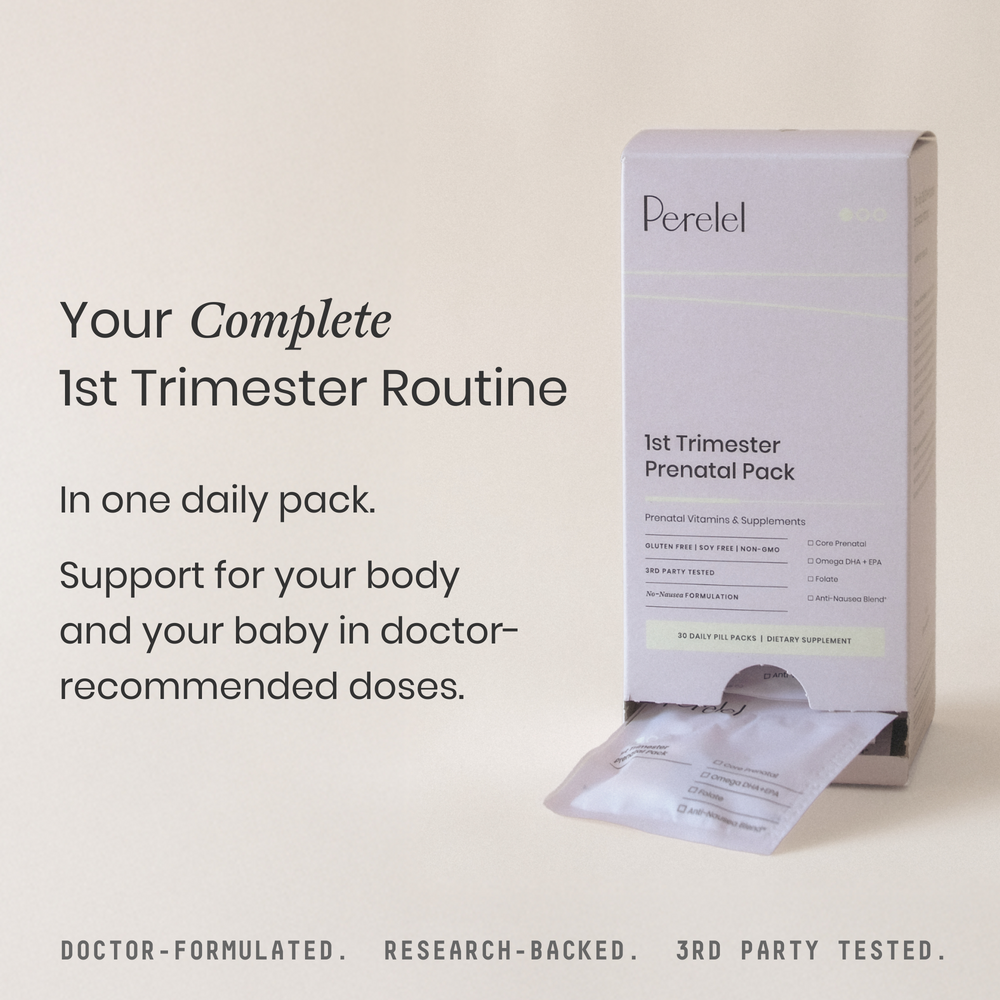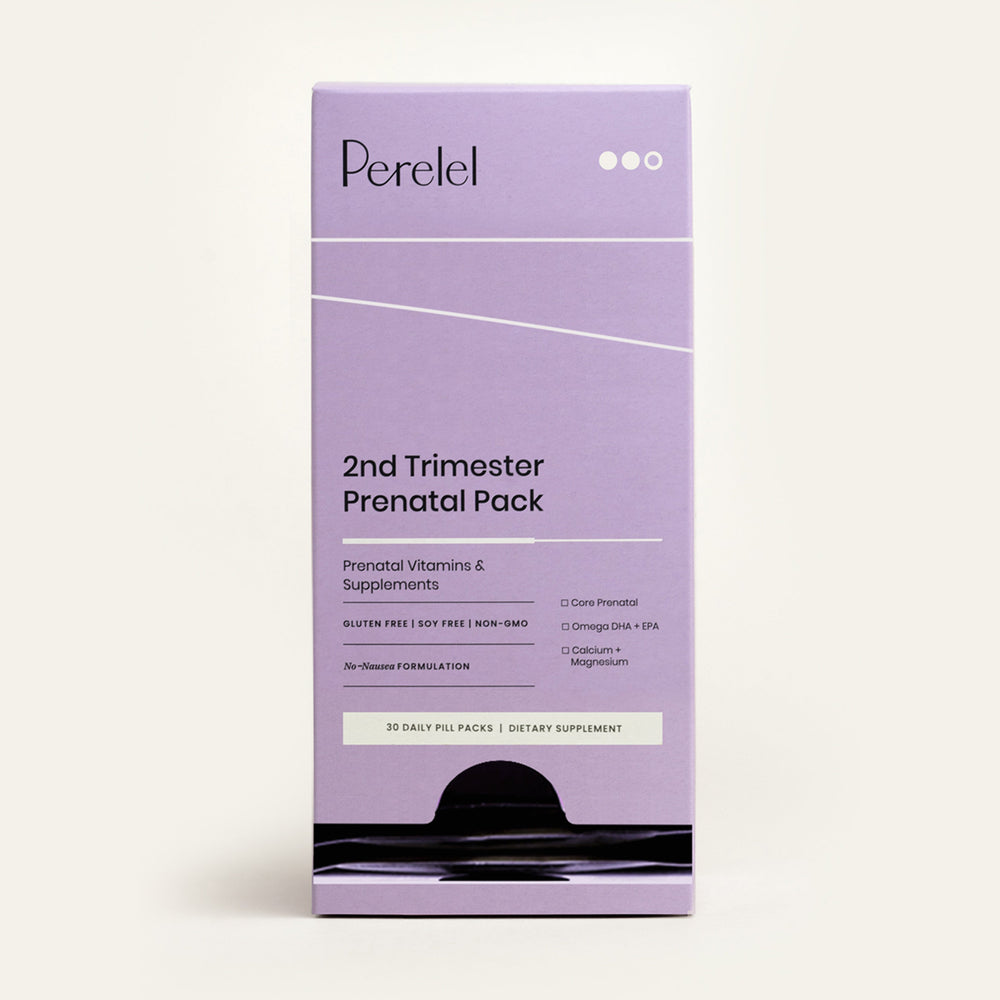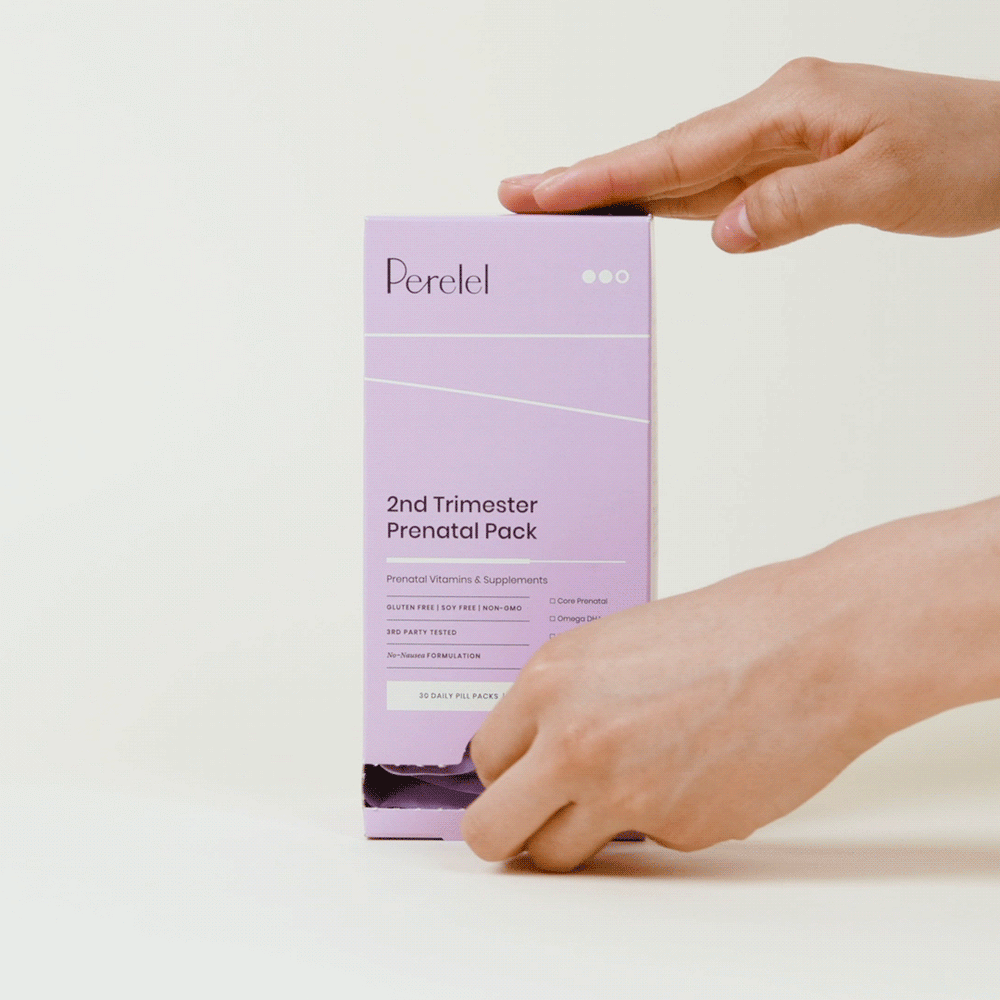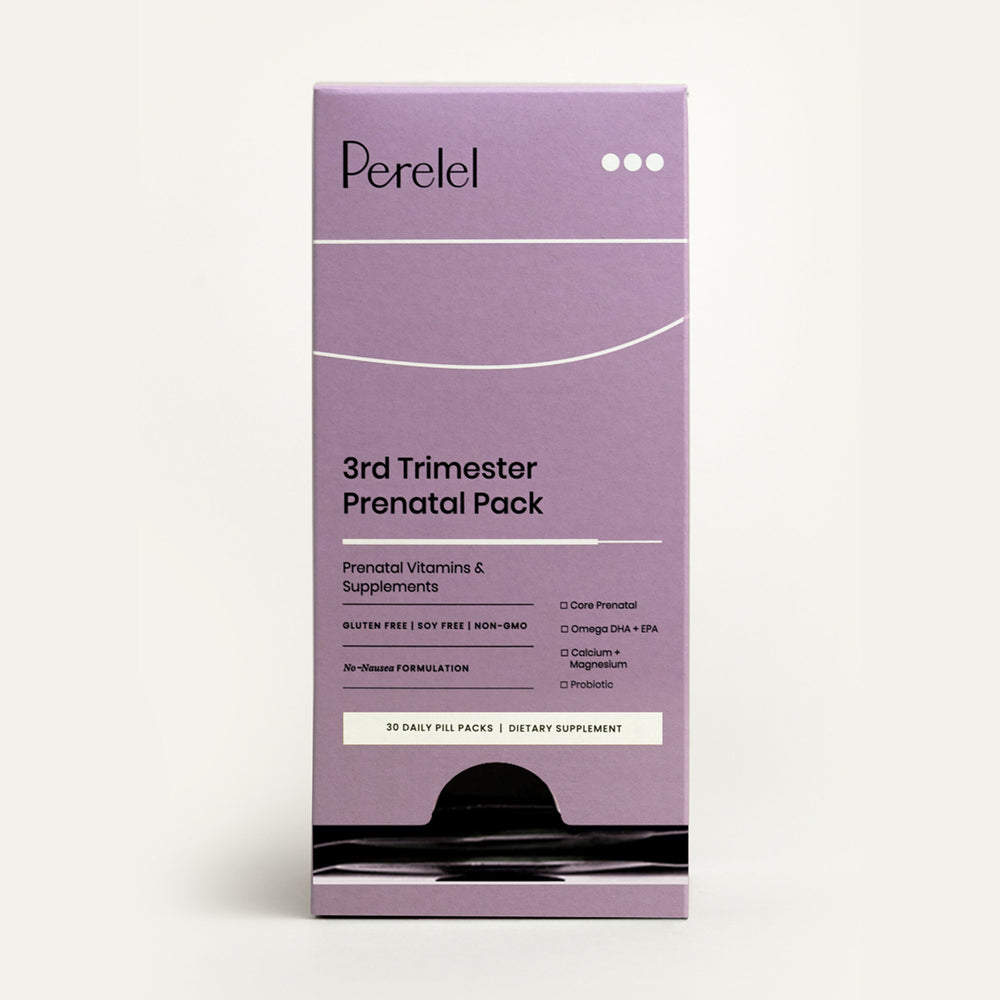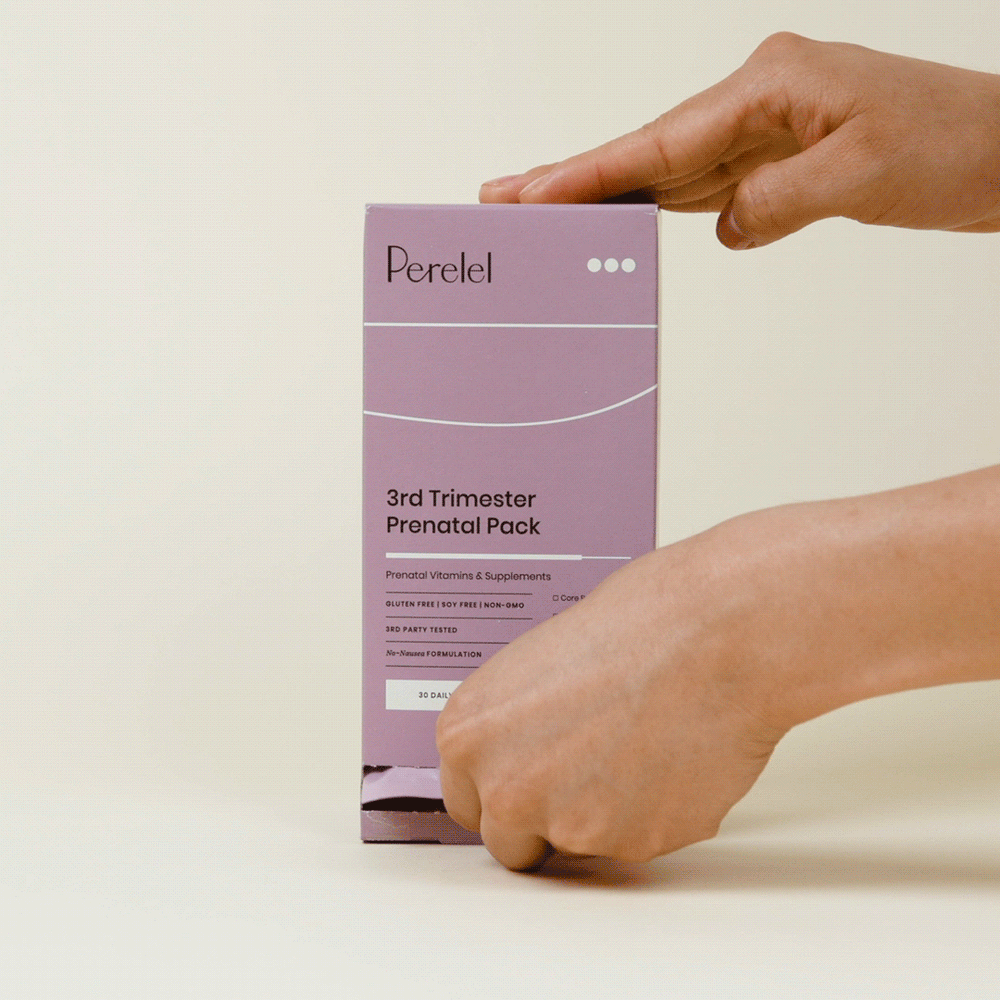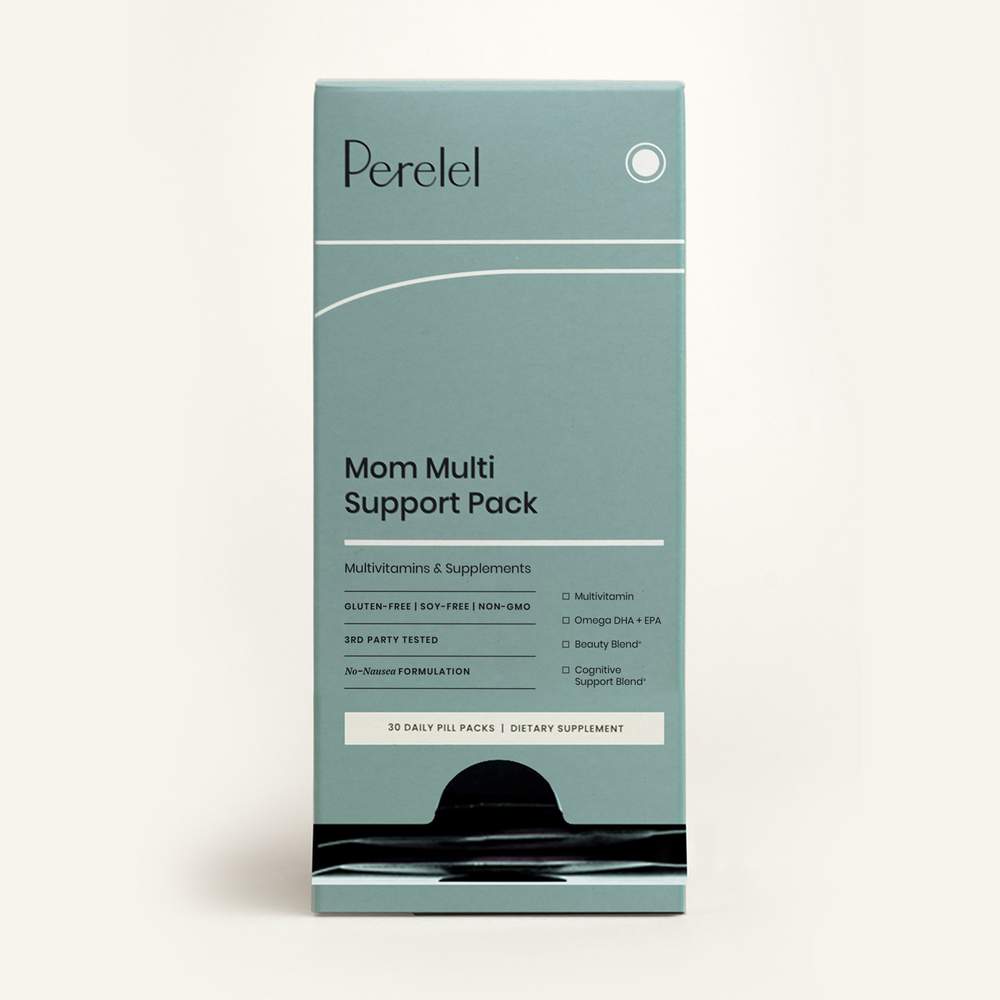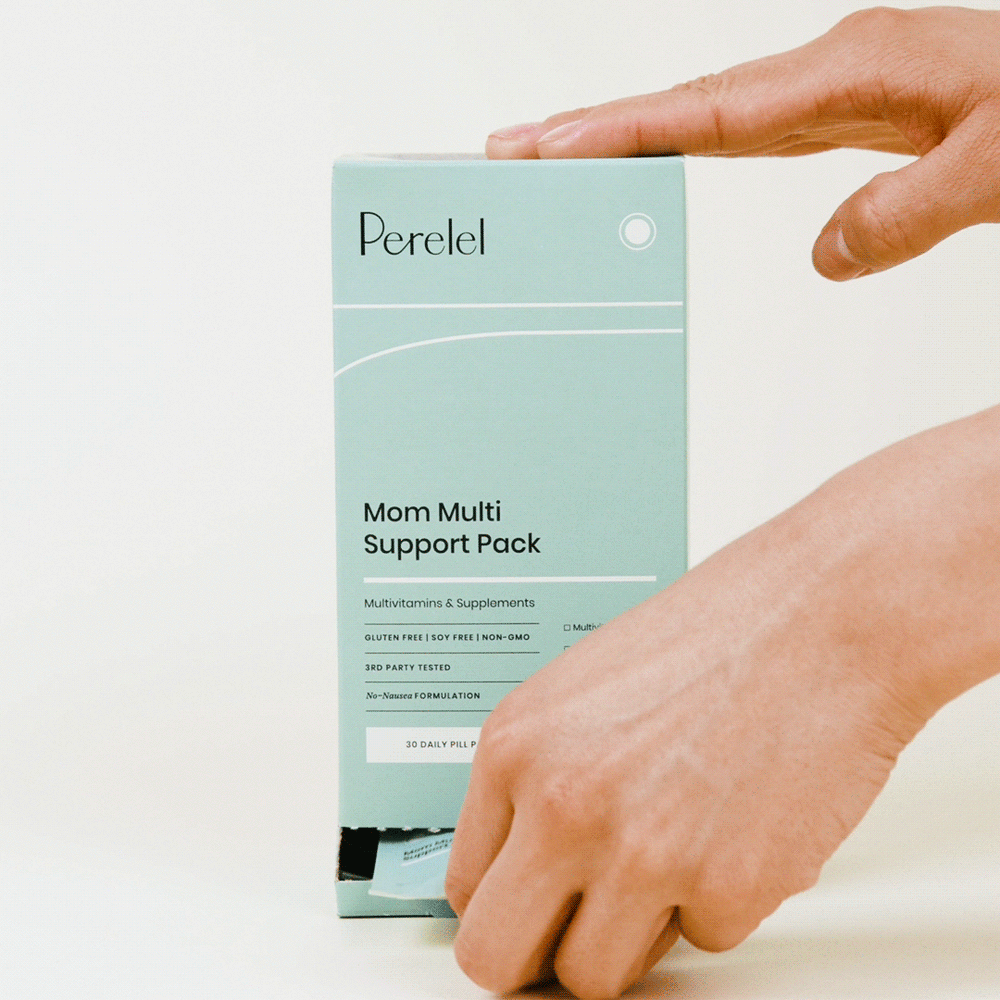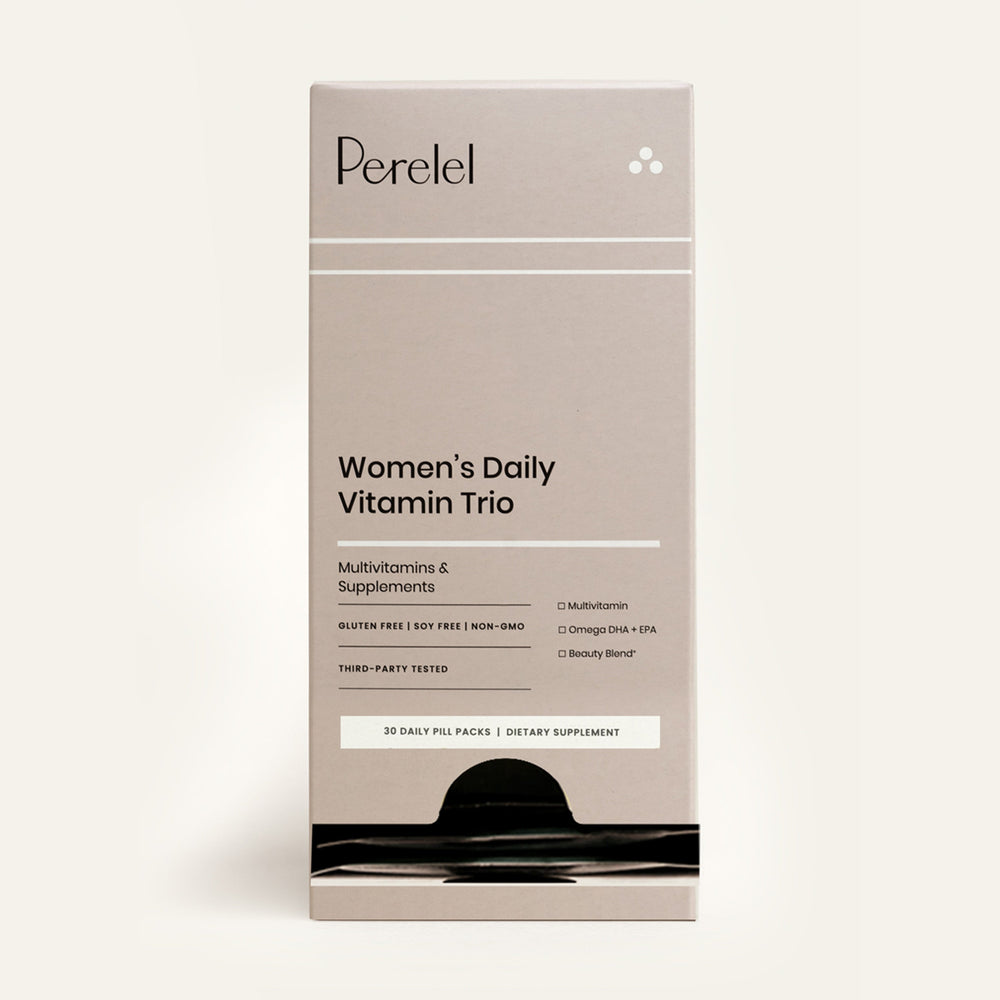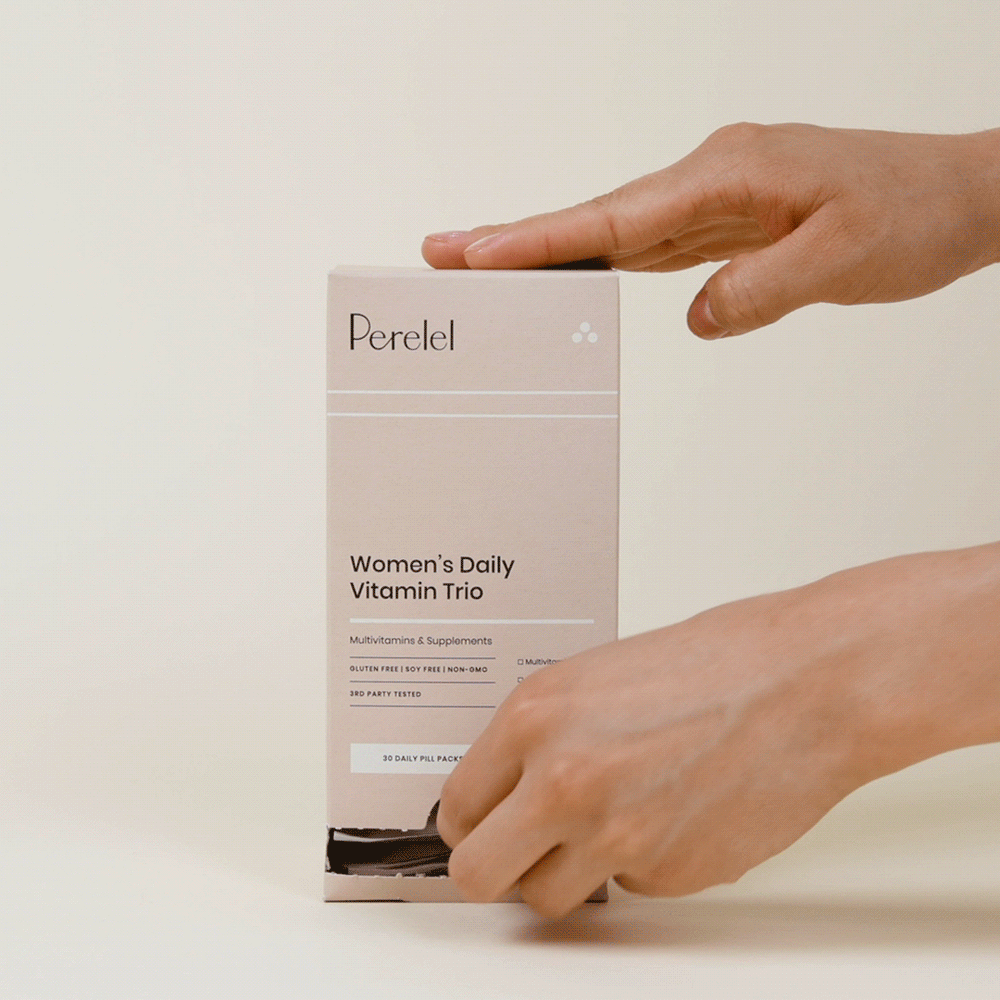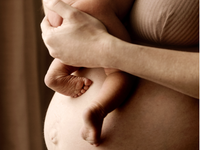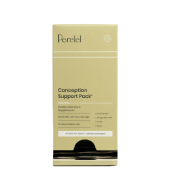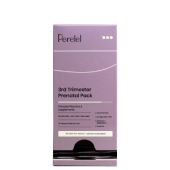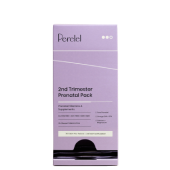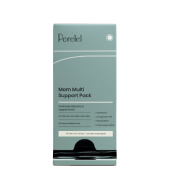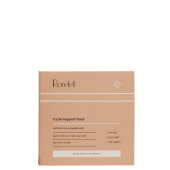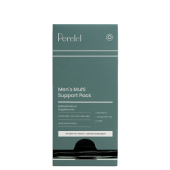As of 2020, only 10.8 percent of the National Institutes of Health (NIH) funding is allocated to women’s research.1 That alarmingly low figure has real world consequences: Our healthcare systems are failing women at unprecedented levels, and have been since time immemorial.
As a brand committed to creating a world with more healthy, supported women, it’s no surprise that we believe women deserve equitable care—full stop. There’s no shortage of good reasons (you know, beyond the obvious fact that women simply deserve to live healthy lives and to have access to proper care) to invest in women’s health. In fact, doing so is good for all of us… and the economy, too. According to a report from the McKinsey Institute and the World Economic Forum, investing in women’s health has the potential to boost the global economy by $1 trillion annually by 2040.1
It's why we've pledged $10M to #FundWomensHealth and address longstanding gaps in maternal healthcare, and why we're calling on Congress to increase NIH funding, close the research gap—and create a world with more healthy, supported women. (You can sign the petition here.)
Below, let's get into some compelling—and rage-inducing—facts about how we even got here.
1. In 1977, the FDA issued a guideline banning most women of “childbearing potential” from participating in clinical research studies.
It wasn’t until 1993 that Congress codified a new NIH inclusion policy for women and minorities into law.2 A 2000 review of scientific literature published from 1993 to 1998 found that inclusion had not improved, despite the ruling.3 These policies have led to a broad lack of understanding of how diseases manifest and progress in women, as well as a lack of research into the efficacy and impact of pharmaceutical treatments for women, leading to misdiagnosis and ineffective treatments for women.
2. Women were traditionally excluded from drug trials due to unfounded fear that women’s hormones would ‘skew’ test results.
This means that dosages for thousands of drugs that are still on the market today are based on male bodies. A 2020 study identified 86 drugs for which there are clear differences between how men and women metabolize formulations—namely, that women metabolize drugs more slowly, leading to higher levels of exposure. In 96 percent of cases, this resulted in women experiencing significantly higher rates of adverse side effects.4
3. Women comprised 42.9 percent of participants in oncology clinical trials between 2000 and 2020, but experienced 46.5 percent of the burden.
Women have been under-represented in neurology and immunology research as well.5
4. In a 2024 analysis of common medical interventions, 64 percent were found to disadvantage women due to lower effectiveness, access or both.
Compared to just 10 percent for men.1
5. In 2015, there were five times more scientific studies on erectile dysfunction than premenstrual syndrome.
In a trial where the medication sildenafil citrate was shown to relieve menstrual pain, research stopped due to a lack of funding.6
6. Research and development resources are often prioritized by years of life lost, rather than quality of life.
This disadvantages women, who have a longer life expectancy but a poorer average quality of life due to certain conditions.
7. When funding amounts are matched to disease burden, diseases that predominantly impact women receive a fraction of funding compared to what has been awarded for diseases that predominantly affect men.
For example: migraines, headaches, anorexia and endometriosis.7
8. Gynecological conditions, such as endometriosis and uterine fibroids, which affect up to 68 percent of women, have just 33 research assets in the pipeline.
(Other conditions that affect a lower percentage have more assets.)
9. Getting a proper endometriosis diagnosis can take up to 11 years.
Analyses of US health records and studies indicate that fewer than half of women living with endometriosis have a documented diagnosis.8
10. One study showed that women were diagnosed later than men for more than 700 diseases.
The study was conducted in Denmark across 21 years.1
11. Out of 112 internal-medicine residency programs reviewed in a 2016 study, approximately 25 percent did not include menopause in the core curriculum, and more than 70 percent did not include infertility.
30 percent did not include contraception, and nearly 40 percent did not include PCOS.9
12. In 2020, only one percent of healthcare research and innovation was invested in female-specific conditions beyond oncology.
11 start-ups addressing erectile dysfunction, among other men’s health concerns, secured $1.24 billion in 2019–23, while eight start-ups addressing endometriosis received $44 million.1
13. Women form almost 70 percent of the global health and social workforce, but it is estimated they hold only 25 percent of senior roles.
In one study that analyzed more than 440,000 medical patents filed from 1976 through to 2010, patented biomedical inventions created by women were up to 35 percent more likely to benefit women’s health than biomedical inventions created by men.1
14. A 2021 study showed that in 75 percent of cases where a disease impacts one gender, the research funding patterns favor men.
Twice as much funding goes to diseases that disproportionally affect men compared to those that mainly impact women.10
15. Just 4.5 percent of funding for coronary artery disease research is targeted at women.
Despite the fact that cardiovascular disease is the leading cause of death in women—and 45 percent of women 20 years or older are living with some form of cardiovascular disease.
16. According to the World Economic Forum, the women’s health gap amounts to 75 million years of life lost due to poor health or early death every single year.
Closing the gap would give the 3.9 billion women in the world an extra seven healthy days a year (or an average of 500 days over the course of a lifetime).11
There’s no way to sugarcoat it: These facts are upsetting and, frankly, unacceptable. Thankfully, women’s health newcomers have received some $2.2 billion in funding over the last four years, with 60 percent of the top deals exclusively addressing women’s health, specifically endometriosis, fertility, and maternal and neonatal health. On behalf of so many underserved, overlooked women of yesterday, today and tomorrow, we’re proud to double down on our mission to advance research into women’s health.
A Subscription That Gives Back
For every new subscription to products in our Motherhood Suite, we donate a supply of prenatal vitamins to underserved women who lack access to quality prenatal care. For every new subscription to our Women's Daily Vitamin Trio and Cycle Support, we make a donation to Magee-Womens Research Institute, the largest U.S. research institute dedicated to women’s health and reproductive biology.
Shop the Article:
References:
- “Closing the women's health gap: A $1 trillion opportunity to improve lives and economies.” McKinsey.
- Wood, Susan. “History of Women's Participation in Clinical Research | Office of Research on Women's Health.” Office of Research on Women's Health, National Institutes of Health.
- Journal of Women's Health & Gender-Based Medicine. 2000.
- Zucker, Irving. “Sex differences in pharmacokinetics predict adverse drug reactions in women.” NCBI, 5 June 2020, National Institutes of Health.
- Steinberg, J. R. et al. JAMA Netw. Open 4, e2113749 (2021).
- J Womens Health (Larchmt). 2021.
- “Women’s health: end the disparity in funding.” Nature, 3 May 2023.
- Freeborn, Jessica, et al. “Endometriosis: Why receiving a diagnosis can take up to 11 years.” Medical News Today, 11 July 2023.
- Sebastian Casas et al., “Program directors’ perceptions of resident education in women’s health: A national survey,” Journal of Women’s Health, August 2016, Volume 26.
- Mirin, Arthur A. “Gender Disparity in the Funding of Diseases by the U.S. National Institutes of Health.” NCBI, 12 July 2021.
- Whiting, Kate. “4 conditions that highlight the women's health gap | World Economic Forum.” The World Economic Forum, 12 February 2024.


